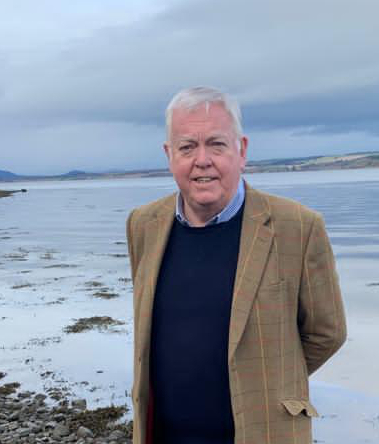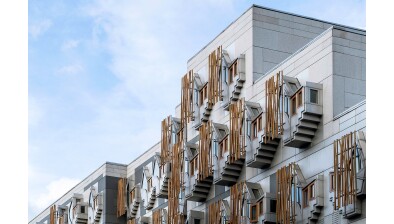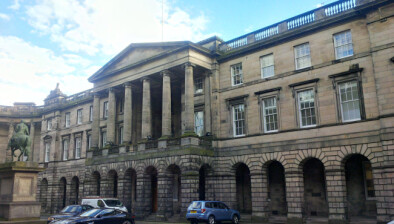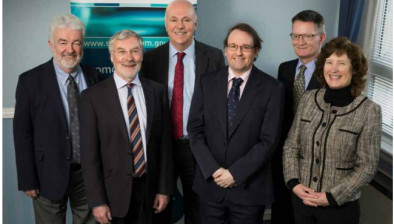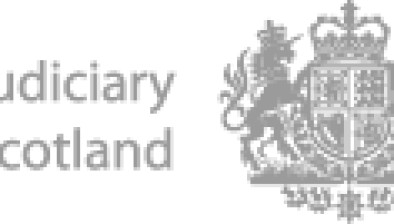Review: When the Irish defeated Churchill
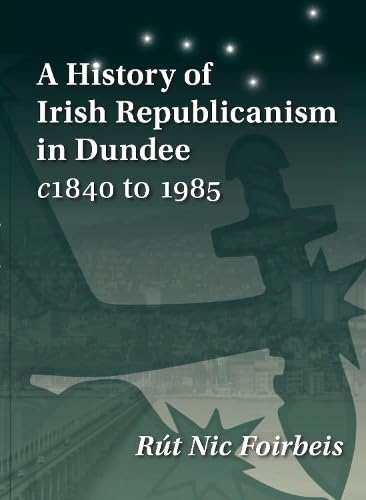
A monumental new history of Irish republicanism in Dundee reveals much of the Irish diaspora experience in Scotland and leaves Graham Ogilvy impressed by its thorough research.
As a young boy I walked through the derelict tenements of Tipperary every day to get to school and in the evening, after school, I delivered half-hundredweight bags of coal and bundles of sticks to Mrs O’Rourke, Mrs Rafferty and Mrs Donnelly, old widow women and retired mill workers who bought their snuff in my father’s newsagent shop and whose slum dwellings were spartan but spotless.
But I was a long way from Tipperary, around 500 miles or so. For the ‘Tipp’ that I knew was not in the Republic of Ireland but in Lochee, the Irish heartland of a city that James Connolly declared was the “most Irish in Britain”.
The Irish first came to Dundee in significant numbers at the beginning of the 19th century the link being the well-established linen and flax industries in the East Coast of Scotland and the Emerald Isle. The Great Famine of the 1840s saw a trebling of the Irish population in Dundee and by 1848 they comprised 20 per cent of the population – a figure that was set to rise for much of the remaining century and which did indeed officially make Dundee the most Irish city in Britain.
Now, for the first time, the story of the Irish and their politics in Dundee is told in a meticulously researched 550-page tome by Rút Nic Foirbeis: A History of Irish Republicanism in Dundee c1840 to 1985. The book certainly lives up to its title but it is also an important contribution to the social history of Scotland and to the history of the Irish diaspora in Scotland.
The Irish brought their rebellious politics with them and virtually every serious nationalist and republican organisation was well organised in the city at one time or another, from O’Connell’s Repealers to the National Brotherhood of St Patrick, to the Land League and, finally, Sinn Féin with a branch of 1,500 members, the second largest in Scotland.
Connolly, who would be executed by the British as one of the leaders of the 1916 rebellion, spent the first year of his married life in Dundee in 1889, where his brother John and two aunts and uncles resided.
It was in Dundee in that year that Connolly joined the Marxist Socialist League. During his stay in the city, he marvelled at hearing the brogue of every corner of Ireland as the millworkers spilled out of the textile factories where they worked for pitiful wages.
IRA members drilled in the hills behind Dundee and some were jailed for gun running. Countess Markievicz and Éamon De Valera were among the Irish leaders to visit the city. But the sectarianism which blights the West of Scotland was and still is virtually unknown in Dundee — an attempt to set up an Orange organisation in the 1840s had to be abandoned after police were required to rescue the organisers from a threatening crowd.
It was in 1922 that the Dundee Irish scored their most celebrated victory, when they joined with Scottish workers to eject Churchill from the seat that he had held since 1908 when elected as a Liberal. The champion of the Black and Tans was denounced by the Bishop of Dunkeld as “an oily-tongued adventurer”, while his meetings in Lochee were broken up by crowds singing the Soldier’s Song and The Internationale.
The day after his massive election defeat Churchill was hounded out of Dundee by a crowd who taunted him as a “WC without a seat”. Churchill vowed never to return – and never did – declining an offer of the Freedom of the City made in 1943, but passed at the local council by just one vote.
A History of Irish Republicanism in Dundee c1840 to 1985 by Rút Nic Foirbeis. Published by Tippermuir Books, 555pp, £15.





